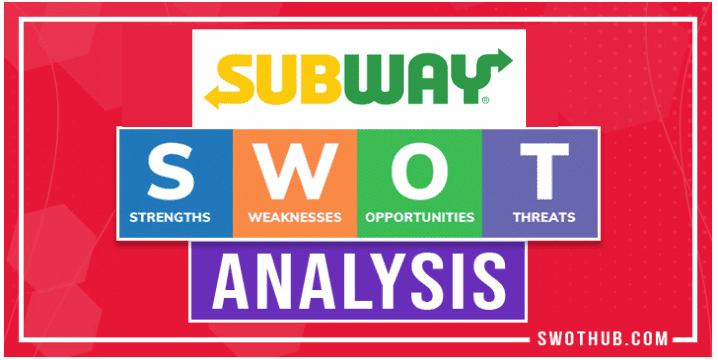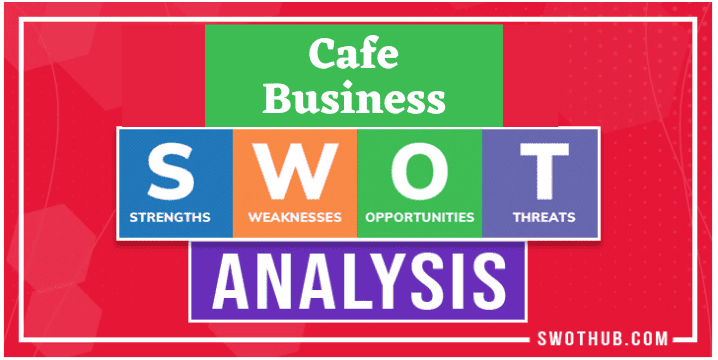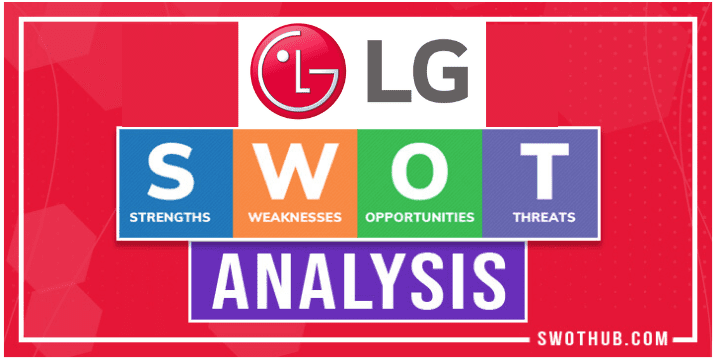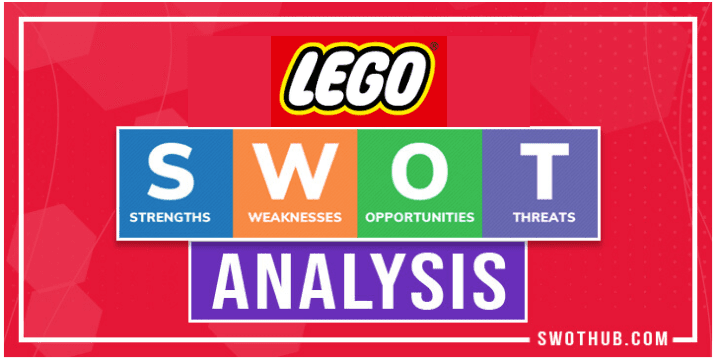How did Subway Sandwiches redefine the sandwich and fast-food industry? In this Subway SWOT analysis, we will look at how the largest fast-food restaurant with over 44,000 stores in 110 countries has revolutionized healthy eating. This sandwich restaurant giant surpasses its competitors: McDonald’s, Chick-fil-A, and Panera Bread with its strengths and weaknesses. Although Starbucks and Chipotle have been eyeing the competition and are looking to take market shares from Subway. Look at Subway’s strengths, weaknesses, opportunities, and threats.
Table of Contents
Subway History
Since its founding in 1965, the international fast-food business known as Subway has had a significant impact on the restaurant sector because of its fresh and customized sandwiches. A Subway SWOT analysis, it has permanently changed the face of the fast-food industry with creative strategies, ferocious competition, and constant improvement.
With the assistance of a close family friend named Dr. Peter Buck, seventeen-year-old Fred DeLuca founded the first Subway restaurant in Bridgeport, Connecticut, marking the start of Subway’s adventure. This small sandwich business, which was first known as Pete’s Super Submarines, set out to offer savory and speedy alternatives to conventional fast food. The name was changed to Subway, which conjures up images of a quick and effective form of transportation, only in 1968.
With its ground-breaking idea of letting consumers customize their sandwiches, Subway stood out from its rivals. Customers who desired healthier options and the opportunity to choose their favorite components reacted favorably to this strategy. With its “Build Your Own Sub” concept, Subway ushered in a new era of fast food where consumers had more control over their menu options.
In a Subway SWOT analysis, due to Subway’s increasing popularity, there was unavoidably severe competition. The introduction of their own versions of customizable sandwiches was an attempt by other fast-food goliaths to emulate Subway’s popularity. However, Subway has maintained a leading position through ongoing innovation and clever marketing initiatives. Their well-known slogan, “Eat Fresh,” captured their dedication to using fresh ingredients and struck a chord with people who care about their health.
Subway has modified and developed over time to satisfy shifting client needs. Subway offered several low-fat and low-calorie alternatives in response to rising concerns about eating healthily, drawing in a wider audience. To accommodate a variety of tastes and preferences, they have expanded their menu to include breakfast sandwiches and salads.
As the market saw more rivalry and the entry of new businesses, Subway encountered difficulties. Subway adopted a few methods, such as rebranding initiatives, menu improvements, and technology integrations, to address these issues. The company keeps looking for methods to enhance customer service and accommodate changing trends.
The success of Subway can be attributed to both its mouthwatering sandwiches and its capacity to comprehend and meet the needs of customers. Subway transformed the business by providing a healthy alternative to conventional fast food, inspiring rivals to do the same. Their dedication to individualization, freshness, and innovation has made sure that they remain relevant in the fast-food industry.
Subway’s development from a little sandwich store to a vast fast-food empire is proof of its revolutionary influence on the dining sector. Subway changed consumer expectations and upended the conventional fast-food business with its ground-breaking “Build Your Own Sub” idea and commitment to utilizing only fresh ingredients. Despite intense competition, Subway has managed to maintain its position as a dominating force in the sector thanks to its ongoing evolution and responsiveness to shifting client expectations.
Subway SWOT Analysis At-A-Glance
| Company | Subway |
| Industry | Restaurant |
| Founder | Fred DeLuca and Peter Buck |
| Year founded | 1965 |
| CEO | John Chidsey |
| Headquarters | Milford, Connecticut |
| Number of employees | 410,000+ (2022) |
| Revenue (FY 2022) | US $16.1 Billion (2022) |
Subway SWOT Analysis:
A SWOT analysis is a framework used to assess a company’s competitive situation and to create strategic planning. By taking Subway’s strengths, and weaknesses of Subway’s threats of Subway as well as opportunities of Subway into account, we may better gain in-depth knowledge about Subway company. In this article, we’ll be taking a look at Subway’s SWOT framework to better understand its competitive position and potential for future growth. See how Subway competitors fare against them and learn about Subway’s Strengths, weaknesses, opportunities, and Subway threats.
Subway SWOT Analysis Strengths:
The areas where a company excels above average or in a manner that distinguishes it from its rivals are its strengths. Subway’s strengths are outlined in this Subway SWOT analysis. In a SWOT analysis of Subway, some of its strengths compared to competitors include:
Brand Recognition: Because Subway is one of the most well-known fast-food brands in the world, it can draw customers practically anywhere it operates. The Subway logo and the concept of the “Sub of the Day” or “Five Dollar Footlong” have a strong resonance in many markets. This strong brand recognition means that new stores can open with an established customer base and can compete effectively against lesser-known brands.
Healthier Options: Subway has positioned itself as a healthier substitute for other fast-food restaurants by providing fresh ingredients and customizable sandwiches. Customers can customize their sandwiches, including the choice of bread, fillings, and sauces. They also provide nutritional information for their products to appeal to the growing health-conscious population.
Global Presence: With more than 40,000 outlets across more than 100 countries, Subway has a sizable international footprint that gives the company access to a diverse customer base. This global reach also means that Subway can leverage economies of scale in purchasing and advertising. However, this global presence also means that Subway is well-positioned to capitalize on international trends, such as the increasing popularity of Western-style fast food in many markets.
Franchise Model: Compared to a completely owned company, Subway’s franchise model has enabled it to expand quickly with a reduced amount of risk. Franchisees take on a large portion of the operational risk and are motivated to succeed in their business. Through the number of locations, this business strategy has helped Subway grow into one of the biggest fast-food chains in the world.
Menu Flexibility: In a Subway SWOT analysis it could quickly modify its menu to accommodate local tastes and dietary requirements, such as vegetarian or halal alternatives, giving them an advantage in a variety of markets. Subway to appeal to a broader customer base. For example, in India, where a large segment of the population is vegetarian, Subway offers a range of vegetarian sandwiches. In Muslim-majority countries, Subway offers Halal meat, for example.
Affordability: Compared to comparable sandwiches from other fast-food businesses, Subway’s sandwiches are frequently less expensive. Cost-conscious customers enjoy their “value meals” and “footlong” specials in a Subway SWOT analysis.
Subway SWOT Analysis Weaknesses:
Weaknesses of a company are those that limit its potential, make it less competitive, and prevent it from achieving its goals. In this section of the Subway SWOT analysis, we’ll look at Subway’s weaknesses. In a Subway SWOT analysis, some of its weaknesses compared to competitors include:
Inconsistent Quality and Customer Experience: Subway’s customer service and product quality might occasionally vary from one store to another because of its franchising business model. The franchise model makes it possible to grow quickly, but it also makes it more difficult to enforce consistent standards across all outlets. Customers’ opinions of the brand may be impacted if they have a bad experience at one location.
Limited Menu Variety: Although the Subway menu is flexible and customizable, there aren’t as many options as there are at other fast-food restaurants. Customers looking for a wider choice of meal types, such as burgers, pizza, or international cuisines, may not find the menu’s predominately sandwich-based selection appealing.
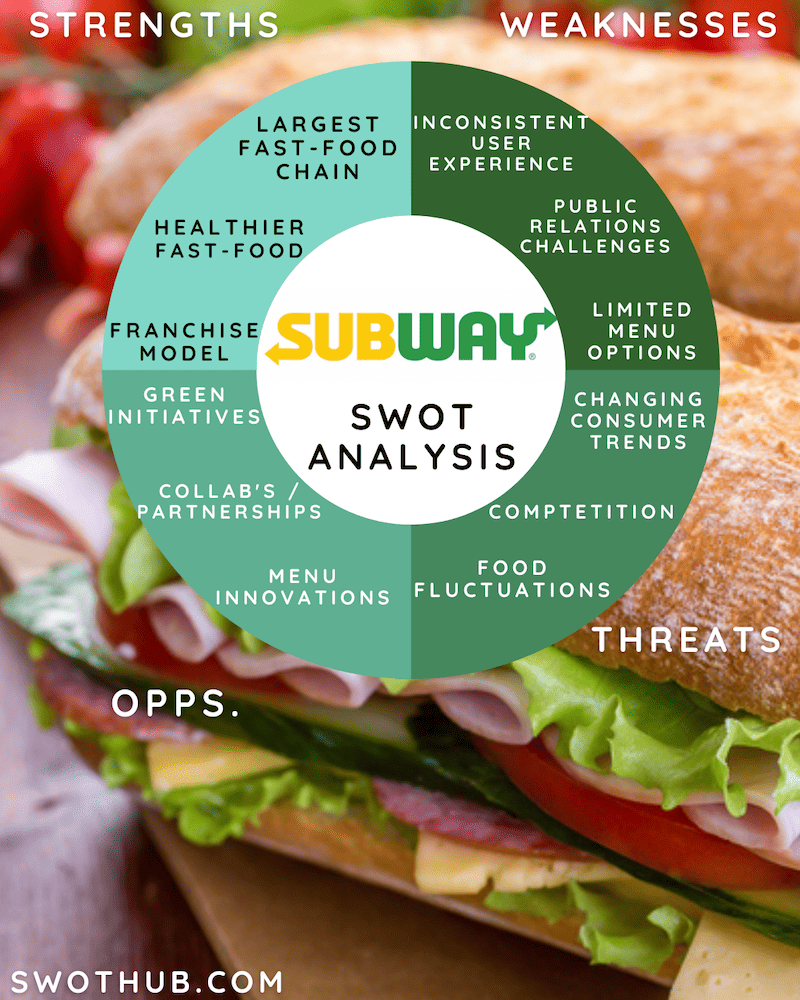
What challenges does Subway face?
Healthier Option Controversies: Despite promoting itself as a healthier fast food option, Subway has encountered some controversy regarding the nutritional value of its offerings. For instance, there was a fuss over the bread they used for their sandwiches because it was discovered to contain a substance also found in yoga mats. Such issues can harm the brand’s reputation as a health-conscious company.
Competitive Market: The fast-food market is quite competitive, with both long-standing companies and fresh competitors offering cutting-edge goods and services. Customers can see Subway as less intriguing or engaging compared to companies that frequently innovate their service and menu options.
Public Relations Challenges: Subway has encountered several serious PR difficulties, including Jared Fogle’s legal issues as a former spokesperson. The reputation of the brand and consumer trust may be harmed by these circumstances.
Dependence on the U.S. Market: Despite having a presence all over the world, Subway is still very reliant on the American market. Because of this, the business is susceptible to shifts in consumer preferences and changes in the American economy. Although Subway has locations worldwide, a sizable amount of its earnings are still generated in the United States in a SWOT analysis of Subway.
Subway SWOT Analysis Opportunities:
Subway exists in a world full of opportunities. The following portion of the Subway SWOT analysis will examine some of Subway’s opportunities compared to competitors include:
Menu innovation: Subway has the chance to launch brand-new, cutting-edge food as tastes and dietary preferences change. To appeal to a wider spectrum of customers, Subway may, for instance, increase its vegetarian and vegan selections or add more ethnic cuisines.
Sustainability Initiatives: Subway may step up its sustainability efforts as consumer knowledge of environmental issues rises. This can entail taking actions like sourcing food locally whenever possible, cutting down on packaging waste, or putting energy-saving procedures in place in stores.
Technology enhancements: In a Subway SWOT analysis, there are many ways that technology can improve the customer experience, increase operational effectiveness, and spur growth. To better understand customer preferences and habits, Subway may invest more in areas like mobile ordering, delivery services, digital marketing, or data analytics.
Collaborations and Partnerships: Subway might investigate collaborations and partnerships that would improve its value proposition. This could take the form of alliances with well-known food companies for co-branded goods, partnerships with regional farmers for fresh ingredients, or collaborations with famous people or influencers for marketing efforts.
Subway has the chance to strengthen its position as a healthier fast food choice as a result of the growing interest in health and wellness. This can entail taking actions like selling additional low-calorie or low-fat options, providing more nutritional information, or encouraging physical activity in marketing campaigns.
Subway SWOT Analysis Threats:
Threats pose a risk to every company’s stability and profitability. In this Subway SWOT analysis, we address a few of the threats that are important to examine.
In a SWOT analysis of Subway some of its largest threats compared to competitors include:
Increased Competition: Both major, well-established chains and creative startups are vying for customers in the fiercely competitive fast-food business. Competition may provide a greater selection of food, more creative menu options, a better customer experience, or more affordable prices, all of which have the potential to drive customers away from Subway. See Subway’s competitors in the ‘Subway Competitors’ section of this SWOT analysis.
Consumer Preferences: Consumers are seeking higher-quality ingredients, more openness about where their food is sourced, and better sustainability practices as they grow more environmentally concerned and health conscious. If Subway is unable to adapt to these shifting expectations, customers may turn to rivals who can.
Economic Fluctuations: Consumers’ disposable income and their restaurant expenditures may be impacted by economic downturns or other problems. Due to its reliance on the American market, Subway is especially susceptible to changes in the country’s economy.
Regulatory Changes: Subway’s operations and profitability may be affected by changes to regulations governing food safety, nutritional labeling, minimum wage laws, or franchising. For instance, higher operational costs for Subway may result from minimum wage increases.
- McDonald’s: As the biggest fast-food restaurant chain in the world, McDonald’s is present in more nations than Subway and offers a wider selection of cuisines, such as breakfast dishes and desserts. In a Subway SWOT analysis, additionally, McDonald’s has a well-known brand and has been effective in localizing its menu to suit various regional tastes.
- Starbucks: Although it is best known for its coffee, Starbucks has recently increased the range of foods it offers and now competes fiercely with Subway in the quick-service food sector. Starbucks’ competitive advantage stems from its high-end brand image, creative beverage selections, and commitment to giving consumers a comfortable “third place” experience (a place in between home and work).
- Chick-fil-A: One of the nation’s fastest-growing fast-food restaurants, Chick-fil-A is well known for its chicken sandwiches and top-notch customer service. The key to Chick-fil-A’s success is its commitment to providing excellent customer service and a straightforward menu done exceedingly well.
- Panera Bread: With a focus on marketing itself as a cafe-deli, Panera Bread provides a greater selection of wholesome and fresh food options, including salads, soups, and bakery goods. To attract consumers searching for a place to work or unwind, they also place a lot of emphasis on providing a welcoming dining atmosphere as well as quick and dependable Wi-Fi.
- Chipotle Mexican Grill: Customers who are concerned about their health will appreciate Chipotle’s emphasis on using fresh, high-quality ingredients and offering customizable meals. In a Subway SWOT analysis, socially conscious customers may be drawn to Chipotle’s “food with integrity” ethos and dedication to using foods that have been sustainably and ethically grown.
In a SWOT analysis of Subway, its competitors would fall under the “threats” category. Here are some of Subway’s main competitors in the restaurant, fast-food industry. Many people ask:
Subway SWOT Analysis – Conclusion and Recommendations:
Subway needs to focus on several key strategies to remain competitive in the restaurant industry.
- Improve the Menu: Subway needs to keep improving its menu to keep up with shifting consumer tastes and preferences. To maintain an intriguing and varied menu, this can entail adding more plant-based choices, ethnic flavors, or seasonal foods. More meal options besides sandwiches can also help draw in more customers.
- Enhance Customer Experience: Subway might work to improve every aspect of the customer experience, from the ordering process to the atmosphere in the stores. This can entail putting technology—such as self-service kiosks or mobile ordering—into place, enhancing store aesthetics, or boosting employee training.
- Strengthen brand promotion: Given the rising popularity of health and wellness, Subway should focus more on promoting itself as a healthier alternative to other fast food chains. This can entail taking actions like offering more thorough nutritional advice, encouraging physical activity, or collaborating with influential people in the fields of health and fitness.
- Invest in Technology and Data Analytics: By utilizing technology and data analytics, Subway may be able to more fully comprehend customer preferences, streamline processes, and spur growth. For example, data analytics could be used to tailor marketing communications, improve retail locations, or forecast future sales.
- Expand in Emerging Markets: Subway might explore chances to grow in nations with expanding middle classes and rising demand for western-style fast food. In order to be successful, Subway would have to modify its menu to suit regional tastes and preferences.
- Enhance Sustainability Practices: With customer knowledge of environmental issues rising, enhancing sustainability practices could help Subway stand out from rivals. This could entail actions like cutting down on packaging waste, sourcing food locally when possible, or putting energy-saving procedures in place in stores.
- Manage Reputation Risks: Subway should proactively manage any reputation risks by being open and honest, acting fast to address any problems, and showing a dedication to doing the right thing. A crisis management strategy in place may also enable Subway to react more skillfully to any potential scandals or bad press.In this Subway SWOT analysis we have learned that despite having a lot of competitors and difficulties, Subway has a lot of advantages that it may take advantage of. Subway can increase its competitiveness and place itself in a position for future growth by concentrating on things like menu innovation, customer experience, technology, sustainability, and reputation management.

